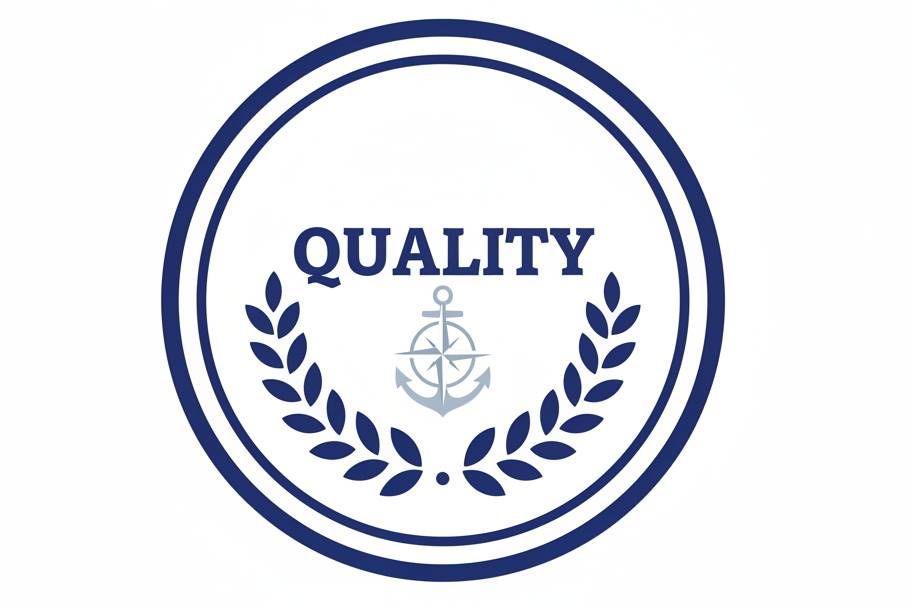
- Article published at:
- Article comments count: 1
Drawer menu
Designed for merchant navy professionals — without stiff cuts, heavy fabrics or parade-only wear.
Soft fabrics, modern fits, wearable on board and ashore.
Accurate merchant navy ranks, applied professionally.

Traditional merchant navy uniforms are formal, uncomfortable and impractical for real work at sea. SEAWOLF was created as a modern alternative — combining comfort, function and professional identity.
Since then, many brands have copied the idea. None have the experience behind it.


Every uniform is crafted in Latvia and Spain using premium materials and precision machine embroidery that meets the rigorous demands of maritime service.

Precision machine-embroidered insignia and epaulettes ensure your rank is clearly communicated, fostering respect and proper hierarchy on board.

Custom-made to order for your specific rank and requirements. No mass production—just professional uniforms built for your role.
Built for bridge duty, engine room operations, pilotage, port calls and inspections.Comfortable, durable, and professionally identified through embroidered rank.
Refined enough for formal occasions, practical for everyday shipboard work — for deck and engine officers, as well as crew.
Once your order has been shipped, you will receive a confirmation email containing your tracking number and a tracking link.
You can track your shipment at any time via www.parcelsapp.com using the provided tracking number.
If you do not receive the shipping confirmation within a few days, please check your spam or junk folder, or contact us for assistance.
Every IamSEAWOLF product is crafted by hand and created on-demand just for you. Once an order is placed, we set into motion the process of making it unique to your request.
🕐 It typically takes 3-4 business days for us to process your order, though most orders are ready within 2 business days.
SHIPPING TIMES:
Your wait time after processing depends on where you are. Here's a rough estimate of how long it might take for your IamSEAWOLF product to reach you:
📦 Estimated Transit Time:
Remember, these timelines might fluctuate based on customs delays, weekends, holidays, or other unexpected events.
You’ll receive tracking info as soon as your order ships.
We only accept returns or exchanges if the product is damaged, defective, or incorrect. Please contact us within 7 days of receiving your order with a photo of the issue, and we’ll sort it out quickly.
📏 Size exchanges are possible for non-personalized products, but we strongly encourage you to check the size guide carefully before ordering.
Since most of our products are custom-made, we unfortunately can’t accept returns or exchanges due to change of mind or incorrect size on personalized items.
Each product page includes a detailed size chart. We recommend measuring your favorite item at home and comparing it to our chart for the best fit. If you’re between sizes, sizing up is usually safest for a relaxed fit.